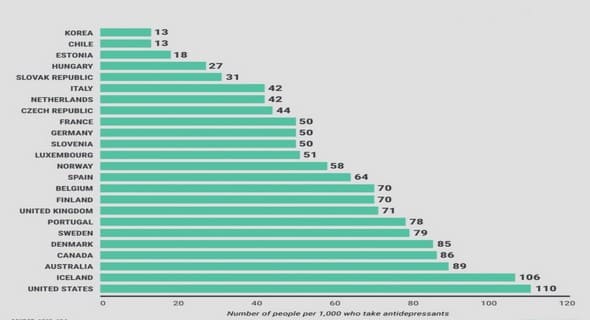(Downloads - 0)
For more info about our services contact : help@bestpfe.com
Table of contents
1 Introduction and State of the Art
1.1 Introduction
1.2 River hydraulics and sediment transport
1.2.1 Hydraulics
1.2.2 Sediment transport in rivers
1.2.3 Bed load transport
1.3 Morphodynamics
1.3.1 Morphologic changes due to anthropogenic influences
1.3.2 Slope and width
1.4 Channel types
1.5 Numerical modeling and morphodynamic models’ state of the art
1.6 Why TELEMAC?
1.7 TELEMAC-Mascaret modeling system
1.7.1 TELEMAC-2D
1.7.2 SISYPHE
1.7.3 Parallel simulation
2 Dynamics of Braided Streams
2.1 Braiding water streams
2.1.1 Origin of braiding
2.1.2 Braiding rivers’ particularities
2.1.3 Braided rivers’ components
2.1.4 Morphological changes
2.1.5 Morphometric parameters
2.2 Flume experiments
2.2.1 Material and methods
2.2.2 Results
2.2.3 Purposes and limitations
2.3 Conclusion and recommendations
3 Numerical Experiment
3.1 Modeling with TELEMAC-Mascaret system
3.1.1 The geometry
3.1.2 The mesh
3.1.3 Modeling organization
3.1.4 Initial conditions
3.1.5 Boundary conditions
3.1.6 Modeling parameters
3.2 Results presentations’ plan and expected results
3.3 Results
3.3.1 Establishment of the braiding pattern(Run 0 and Run 00)
3.3.2 Erosion (Run 01)
3.3.3 Aggradation (Run 02)
3.4 Additional results
3.4.1 Variation of the water inflow
3.4.2 Ashmore and Van Rijn
3.4.3 Widening of the domain and slope change
3.4.4 Sediment grading effects
4 Discussion and conclusion
4.1 Discussion of the results
4.2 Conclusion
Bibliography
Appendixes
A DEM extraction with photogrammetry method
A.1 Photogrammetry
A.2 Agisoft Photoscan
A.2.1 Principles
A.2.2 Results and Bias
A.3 Recommendations
B Steering files
B.1 TELEMAC-2D steering file
B.2 SISYPHE steering file
C Simulation results



